Heavy Feet
Let’s say you were walking along and came to a platform suspended above deadly spikes. To proceed, you’d have to jump to the platform.
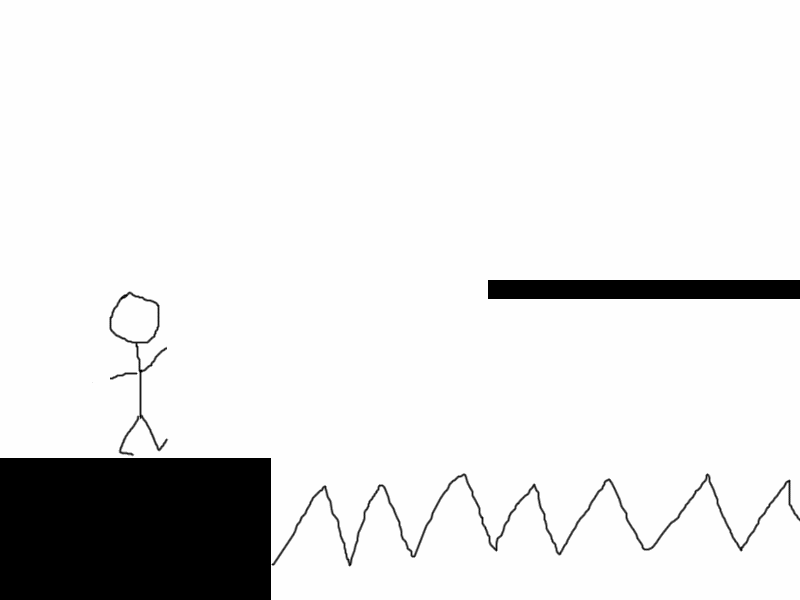
Suppose you didn’t quite clear the jump as planned. Instead of landing safely on the platform, your feet hit the side.
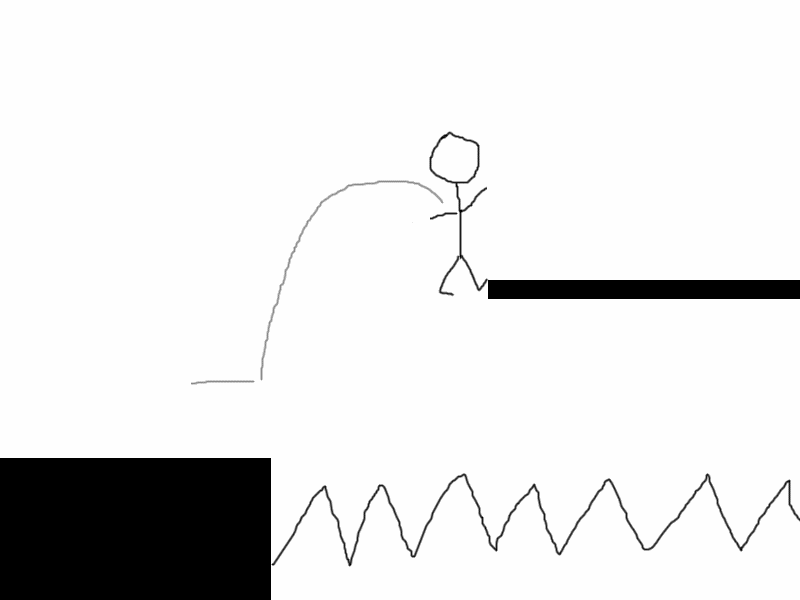
In real life, you might hurt your feet and your pride, but you’d still end up safely on the platform. This is because your weight is distributed throughout your body. Your feet can’t go forward anymore because the platform is in the way, but the rest of your body still can. Inertia carries it forward and you face-plant onto the platform.
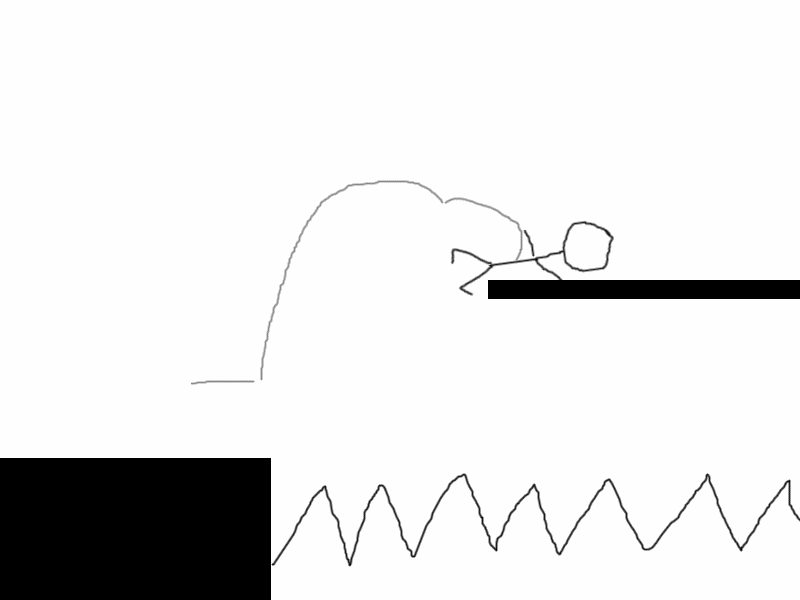
Most games don’t simulate physics to this level, however. Instead, they act like all of your weight is concentrated in the bottom of your feet. If you don’t land with your feet on top of the platform, you don’t get up there. If your feet hit the edge, it’s like you hit a solid wall, and you just fall to your doom.
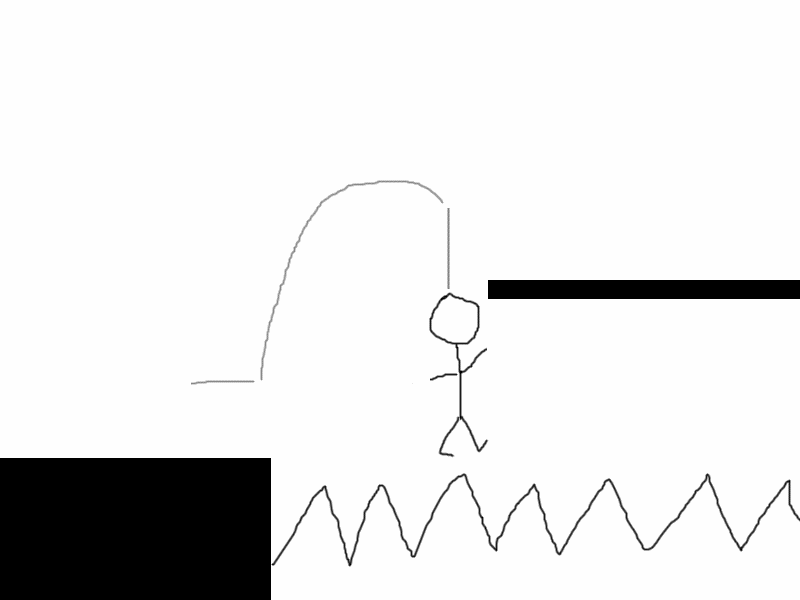
This can be really frustrating - especially if the game is otherwise realistically animated. It can leave you feeling like you failed the jump not due to timing or ability to judge distance, but because the game is bad at physics.
This is why I think it’s almost always a good idea to make it so that the player character can grab on to ledges and pull themselves up. It’s a hedge against these sorts of physics problems, giving the player character one last chance to succeed at the jump and thereby prevent the frustration.
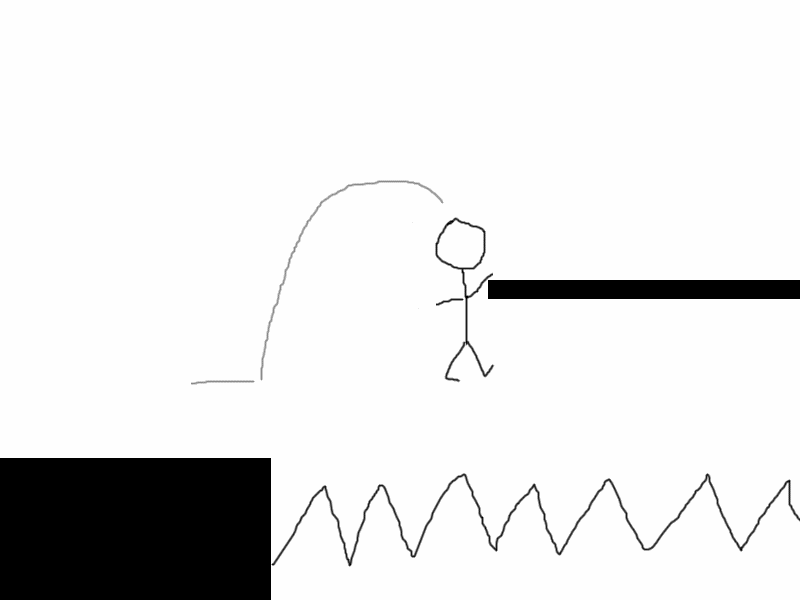
It’s not quite the same thing as what happens in reality and it does still showcase slightly broken physics for a player character to hit a ledge with their feet, slide down until their hands are level with the ledge, grab it and pull themselves up. But it’s a lot less disruptive because it doesn’t cause undeserved-feeling failure. Instead, the effect is similar to what would happen in reality - the jump is made successfully after an extra moment to get back to a safe standing position.

Omitting this ability without a good reason is just setting up the player to fail in ways that won’t feel like the player’s fault.